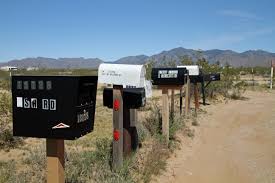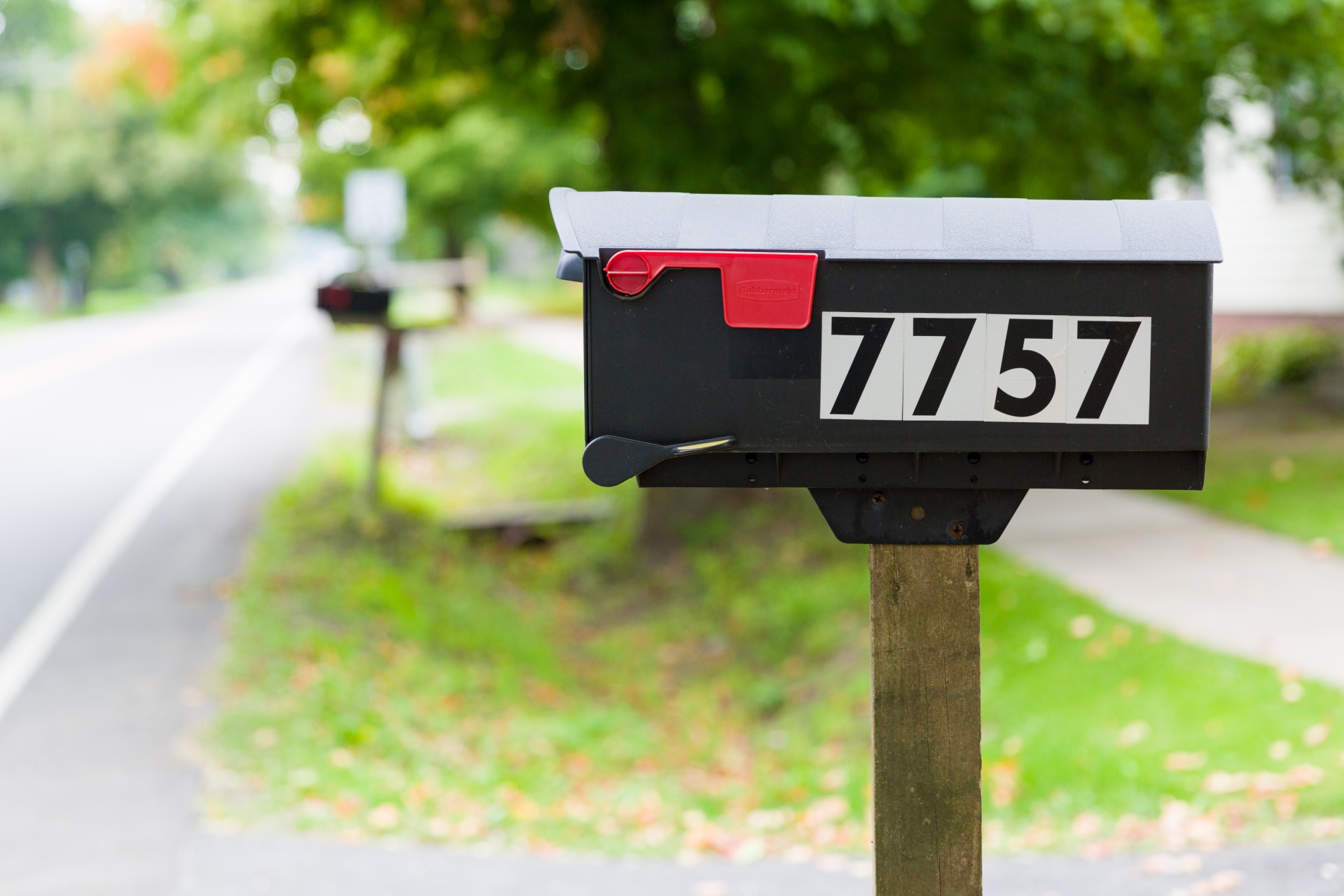Postal Zones Usually Do Not Coincide with Municipality Boundaries
Municipality is a city or town that has corporate status and local government. Some people are under the impression that we can find out the municipality from postal zip code. This is wrong.
Postal zip codes were created for the post office.
Postal zip codes were developed for only one purpose, creating a computer readable code for the post office from which letter carriers carried a letter from the station to the addressee. The first computerized character readers could only read a fixed width string of numerical characters. Cities and towns have variable length names, thus precluding the simple solution of an automated system reading the name of the city. Also, some cities had several post offices, so simply reading a city name would not answer the query, to which post office does this letter go so it can be found by a letter carrier and carried to the addressee? To get around these limitations a 5 digit numeric code was developed for each post office, the Zip code.
Postal zip codes may not represent the same city that the mail goes to.
The first digit represents the region of the country to which the mail goes, such as Northeast, Great Lakes, or Pacific. The first 3 digits represent the major sorting facility to which the mail pieces go. For instance, 951xx means the mail is sorted at Lundy Avenue sorting facility in San Jose and is distributed to post offices in San Jose, California. 950xx means the mail will be delivered to addresses in Santa Clara, Santa Cruz, Contra Costa, Monterey, and additional counties in North Central California, an area larger than the state of Rhode Island. The full five digits equals the name of the post office from which mail travels to the final delivery point.
But the name of the post office may or may not be the name of the city in which the address the letter going to is. For instance, the Los Gatos, California Post Office delivers mail to 95030, 95031, 95032, and 95033. 95033 is entirely outside the city of Los Gatos. In fact, almost two thirds of the addresses in 95033 are outside the county in which the city of Los Gatos is found. 95030 serves both Los Gatos and the entire neighboring town of Monte Sereno. Many towns, like Monte Sereno, California don’t have their own post office, so they don’t get a town zip code. For some post offices in Alaska, their service areas, and thus their Zip Codes cover areas larger than the state of Connecticut.
Many postal zip codes’ mailing cities may not even exist.
Many “mailing cities” meaning the name of the post office, are not named after cities or towns at all. For instance, 95464 for Nice, 95426 for Cobb, and 95458 for Lucerne in California’s Lake County are mailing cities, but no such town or city government actually exists. They are just unincorporated areas within Lake County California. In sum, the cities associated with a Postal Zip Code may or may not exist. There is no way from a postal Zip Code to know.
For the reasons above stated, if the municipality does exist, there is no way from the postal Zip code to know if the street, within the zip code is within the boundaries of the named “mailing city” associated with the Zip Code. But it gets worse. In most areas outside of New England, cities and towns are full of “unincorporated holes”. In San Jose California, for instance, multiple blocks are county islands surrounded by the City of San Jose. The zip code for the city does not stop at any of these borders but continues through that post office’s service area. For this reason, even when the post office’s mailing city is unique to a single post office and shares the name of an actual city or town, it is impossible, from merely the 5 digit zip code, to determine if an address is within or without that municipality’s borders.
Postal zip codes and Municipality boundaries are independent from each other.
While postal zip code was developed for Postal Office, municipality was formed by voters living in a particular area within a county. Once a municipality is formed, county will recognize its boundaries and send such information to the state. State then reports the municipality boundary information to US Census who records it and publishes it. As you can see, postal zip code is created in a different way than municipality. USgeocoder has mapped out the physical address of the entire United States and the municipality. Once USgeocoder identifies the latitude and longitude of an address, it will be able to locate its municipality. Click here to learn more about how USgeocoder technology works.
To find out the municipality of a particular address, you can use USgeocoder’s free municipality lookup tool on: https://usgeocoder.com/api_live_demo, simply enter the street address and the zip code, it will tell you its municipality along with other district information.


 Physical Address vs. Mailing address and when it matters
Physical Address vs. Mailing address and when it matters
Leave a Reply
You must be logged in to post a comment.